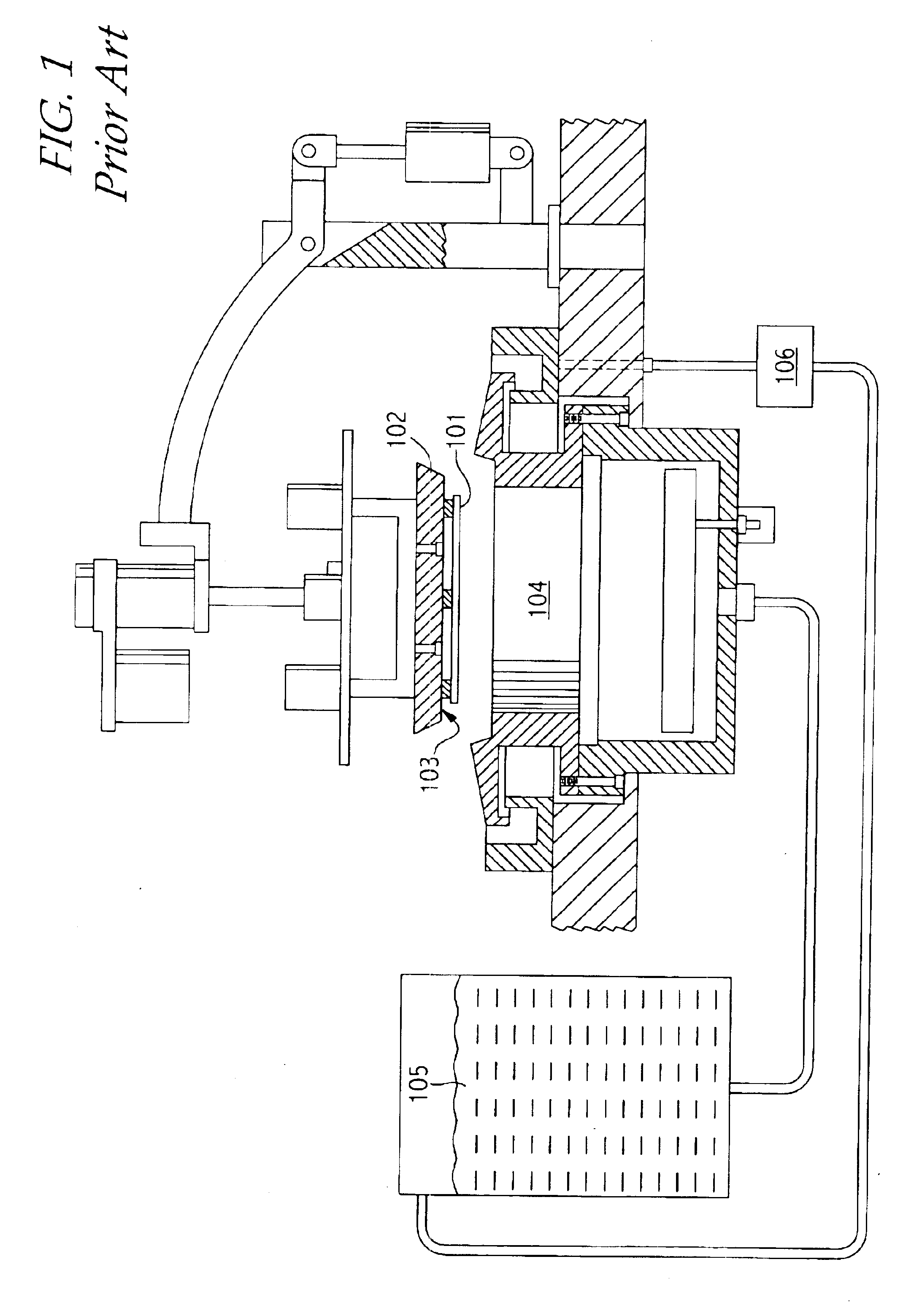Method and apparatus for reducing organic depletion during non-processing time periods
a technology of non-processing time and organic depletion, which is applied in the field of reducing depleting organics in electroplating baths, can solve the problems of low deposition rate, difficult to obtain adequate bottom fill in high aspect ratio features of pvd copper deposition, and difficult to reduce the depletion rate of organics, so as to reduce the depletion of organics and reduce the effect of depletion
- Summary
- Abstract
- Description
- Claims
- Application Information
AI Technical Summary
Benefits of technology
Problems solved by technology
Method used
Image
Examples
Embodiment Construction
FIG. 2 is a perspective view of an exemplary electroplating system platform 200 of the invention. FIG. 3 is a schematic plan view of the exemplary electroplating system platform 200 of the invention. Referring cooperatively to FIGS. 2 and 3, the electroplating system platform 200 generally includes a loading station 210, a thermal anneal chamber 211, a spin-rinse-dry (SRD) station 212, a mainframe 214, and an electrolyte replenishing system 220. The mainframe 214 generally includes a plurality of processing stations 218. Each processing station 218 may include one or more processing cells 240. An electrolyte replenishing system 220 is generally positioned adjacent the electroplating system platform 200 and individually in fluid communication with each of process cells 240 in order to circulate fresh electrolyte thereto that will be used for the electroplating process. The electroplating system platform 200 may also include a control system 222, which may be a programmable microproce...
PUM
| Property | Measurement | Unit |
|---|---|---|
| current densities | aaaaa | aaaaa |
| current densities | aaaaa | aaaaa |
| current density | aaaaa | aaaaa |
Abstract
Description
Claims
Application Information
 Login to View More
Login to View More - R&D
- Intellectual Property
- Life Sciences
- Materials
- Tech Scout
- Unparalleled Data Quality
- Higher Quality Content
- 60% Fewer Hallucinations
Browse by: Latest US Patents, China's latest patents, Technical Efficacy Thesaurus, Application Domain, Technology Topic, Popular Technical Reports.
© 2025 PatSnap. All rights reserved.Legal|Privacy policy|Modern Slavery Act Transparency Statement|Sitemap|About US| Contact US: help@patsnap.com



